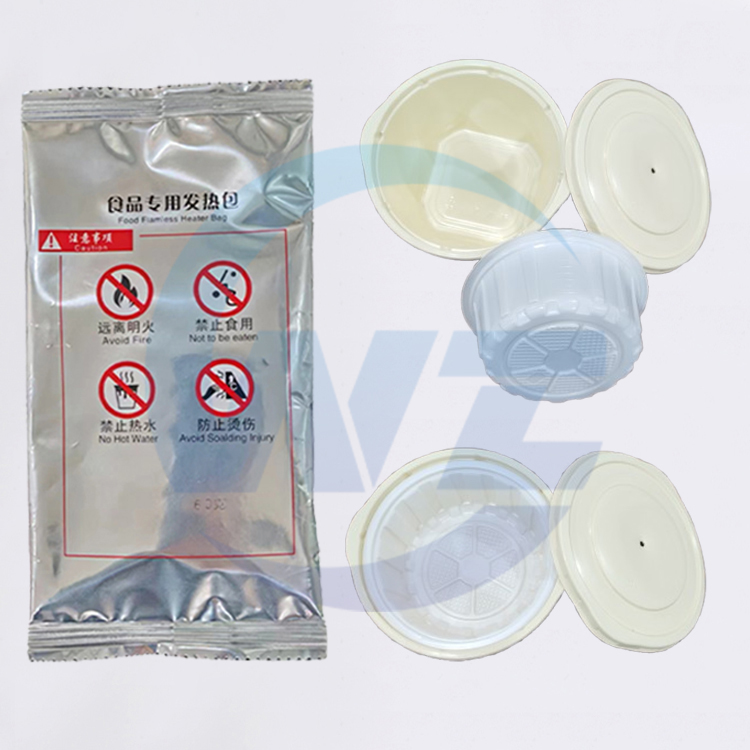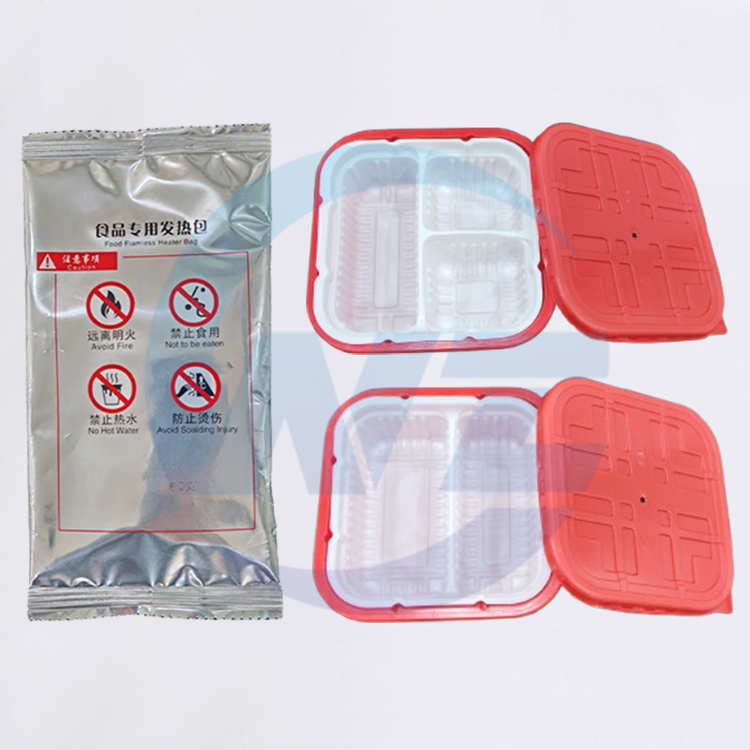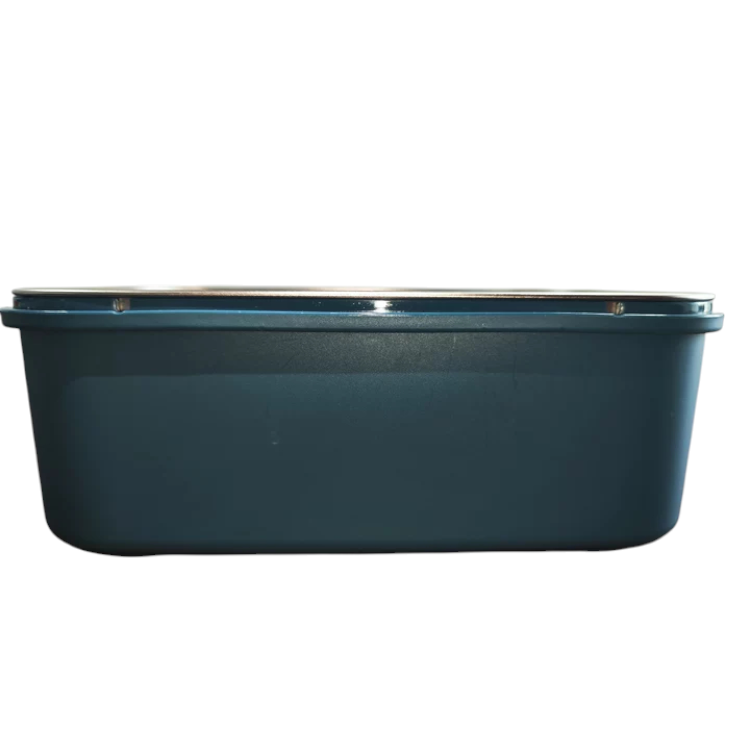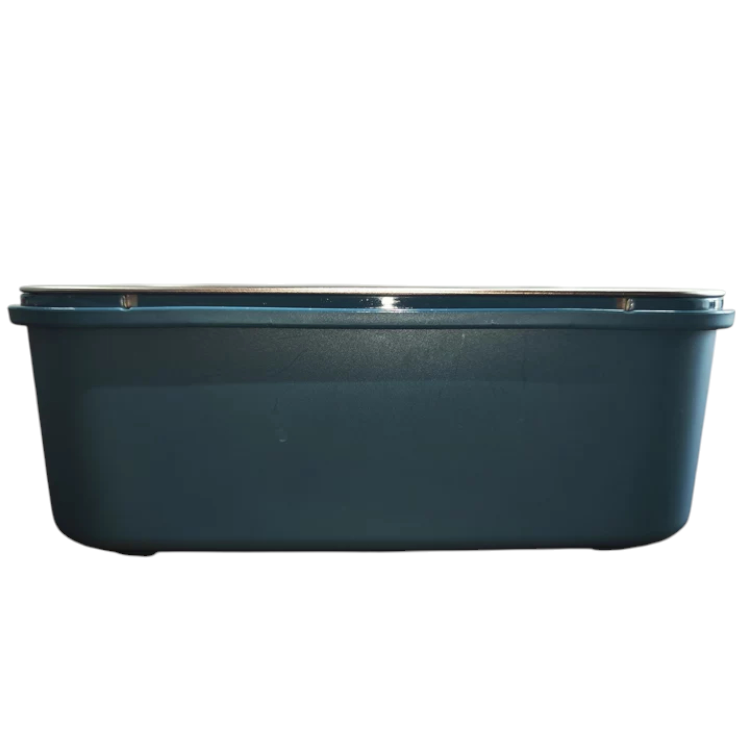by andelszhang
Share
by andelszhang
Share
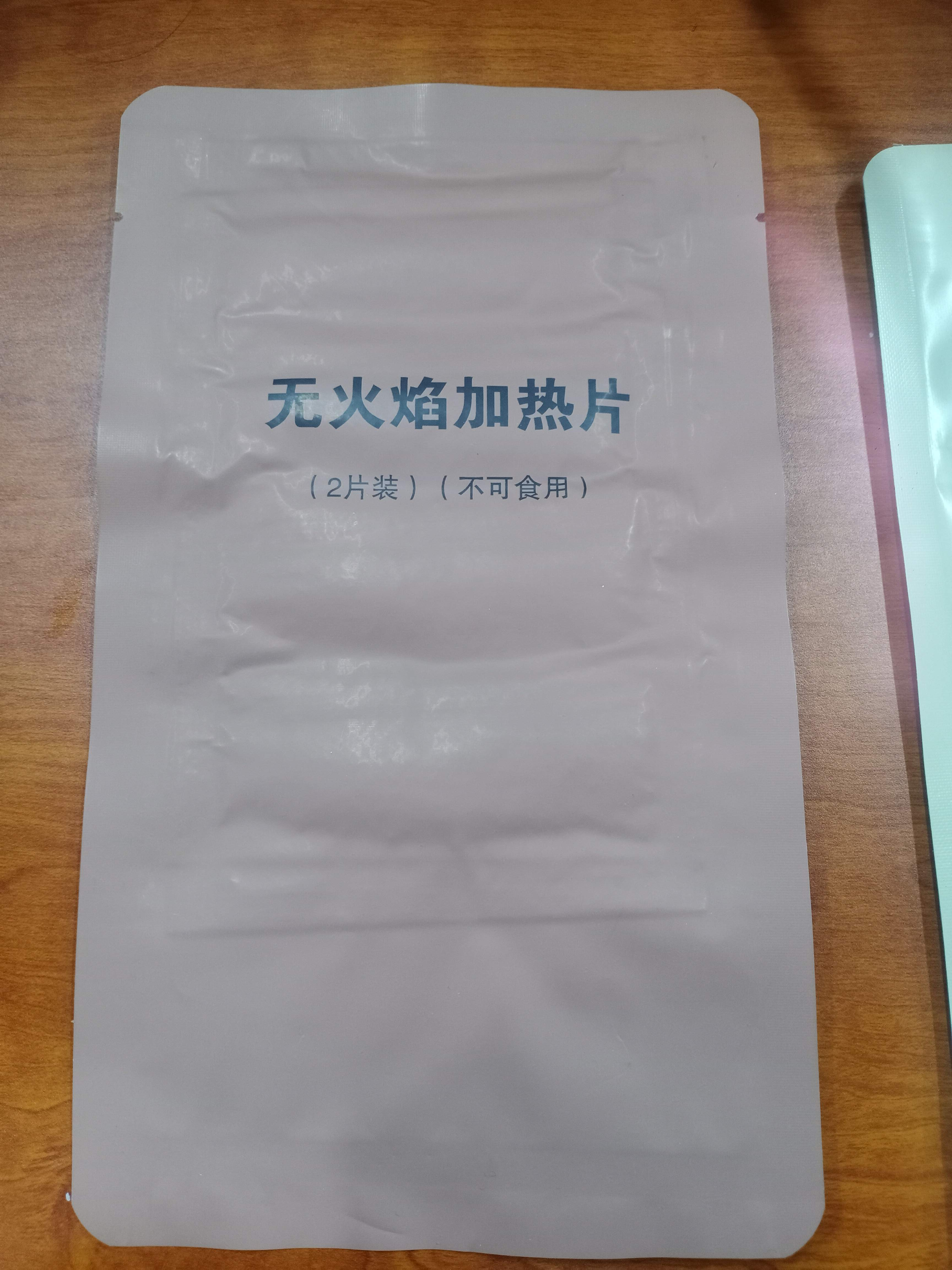
Flameless heaters have become increasingly popular among outdoor enthusiasts, military personnel, and international customers seeking a safe and convenient way to heat food and beverages without an open flame. These compact devices offer a practical solution for various situations, from camping and hiking to emergency preparedness. In this article, we will delve into the inner workings of flameless heaters, providing a detailed explanation and addressing common concerns for international customers.
1. The Basics of Flameless Heaters
Flameless heaters, also known as chemical heaters or self-heating meals, operate based on an exothermic chemical reaction. They are designed to generate heat without the need for an open flame, making them safe and easy to use in various environments.
1.1 Components of a Flameless Heater
A typical flameless heater consists of the following components:
a. Heater packet: Contains a mixture of chemicals, usually including iron, magnesium, salt, and a catalyst.
b. Water: Activates the chemical reaction within the heater packet.
c. Heat-resistant packaging: Encases the heater packet and meal, allowing for safe and efficient heat transfer.
1.2 How the Heating Process Works
When water is added to the heater packet, it triggers a chemical reaction between the iron, magnesium, and salt. This reaction produces heat, which is then transferred to the meal or beverage, raising its temperature to a warm and edible level.

2. The Science Behind Flameless Heaters
2.1 The Chemical Reaction
The primary chemical reaction in a flameless heater involves the oxidation of iron. When water is added, it dissolves the salt, allowing the iron and magnesium to react with oxygen in the air. This reaction produces heat and hydrogen gas as byproducts.
2.2 Exothermic Process
The chemical reaction in a flameless heater is exothermic, meaning it releases heat. The amount of heat generated depends on the specific chemical composition and quantity of reactants. The typical temperature range for flameless heaters is between 150°F (65°C) and 200°F (93°C).
3. Factors Affecting the Performance of Flameless Heaters
3.1 Ambient Temperature
The ambient temperature can influence the heating performance of a flameless heater. In colder environments, the heater may take longer to reach the desired temperature, while in warmer conditions, it may heat up more quickly.
3.2 Heater Design
Different brands and models of flameless heaters may have varying designs, which can affect their heating efficiency. Some heaters are designed to maximize heat transfer, ensuring a warmer meal in a shorter period.
3.3 Meal Packaging
The type of packaging used for the meal can also impact the heating process. Some packages are designed to conduct heat more efficiently, leading to a higher overall temperature.
4. Safety Tips and Usage Guidelines for International Customers
4.1 Safety Considerations
Flameless heaters are generally safe to use, but it’s essential to follow the manufacturer’s instructions and safety guidelines. Here are some tips for safe usage:
a. Always use the heater in a well-ventilated area to prevent the accumulation of fumes.
b. Do not puncture the heater packet or attempt to open it.
c. Keep the heater away from flammable materials, heat sources, and children.
d. Allow the heater to cool completely before disposal.
4.2 Usage Tips
For international customers, here are some practical tips to get the most out of your flameless heater:
a. Familiarize yourself with the instructions: Different brands may have slightly different procedures, so it’s essential to read the instructions carefully.
b. Test the heater before use: If possible, test a heater at home to ensure it works properly and to familiarize yourself with the heating process.
c. Choose the right meal: Some meals may require more heat than others to reach the desired temperature. Selecting the appropriate meal for your heater can help ensure a hot meal.
d. Insulate the meal: To maintain the heat, you can wrap the heated meal in a towel or place it in an insulated container.
5. Common Questions from International Customers
5.1 Can I use a flameless heater on an airplane?
While it’s generally not recommended to use a flameless heater on an airplane, some customers have reported success. Always consult with the airline and follow their guidelines.
5.2 How long does it take to heat a meal with a flameless heater?
The heating time varies, but it typically takes about 10-15 minutes for the meal to reach the desired temperature.
5.3 Can I reuse a flameless heater?
No, flameless heaters are designed for single-use only. Once activated, they cannot be reused.
6. Conclusion
Flameless heaters offer a convenient and safe solution for enjoying hot meals and beverages in various situations. By understanding how they work and following safety guidelines, international customers can benefit from this innovative technology. Whether you’re camping, hiking, or in an emergency situation
STAY IN THE LOOP

